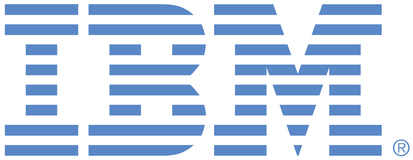
This portal is to open public enhancement requests against products and services offered by the IBM Data & AI organization. To view all of your ideas submitted to IBM, create and manage groups of Ideas, or create an idea explicitly set to be either visible by all (public) or visible only to you and IBM (private), use the IBM Unified Ideas Portal (https://ideas.ibm.com).
Shape the future of IBM!
We invite you to shape the future of IBM, including product roadmaps, by submitting ideas that matter to you the most. Here's how it works:
Search existing ideas
Start by searching and reviewing ideas and requests to enhance a product or service. Take a look at ideas others have posted, and add a comment, vote, or subscribe to updates on them if they matter to you. If you can't find what you are looking for,
Post your ideas
Post ideas and requests to enhance a product or service. Take a look at ideas others have posted and upvote them if they matter to you,
Post an idea
Upvote ideas that matter most to you
Get feedback from the IBM team to refine your idea
Specific links you will want to bookmark for future use
Welcome to the IBM Ideas Portal (https://www.ibm.com/ideas) - Use this site to find out additional information and details about the IBM Ideas process and statuses.
IBM Unified Ideas Portal (https://ideas.ibm.com) - Use this site to view all of your ideas, create new ideas for any IBM product, or search for ideas across all of IBM.
ideasibm@us.ibm.com - Use this email to suggest enhancements to the Ideas process or request help from IBM for submitting your Ideas.
IBM Employees should enter Ideas at https://ideas.ibm.com

New SQL 99 support is coming in a release of DVM in 1H 2021. We will continue to add more capability in this area QtQ and if any customer has the interest to provide early validation prior to delivery into the product, please contact me directly to enroll in our continuous early program.
IBM recognizes the value of an updated ANSI SQL base to better service newer SQL function. IBM will be working to identify specific SQL scenarios and work to support those, as opposed to a complete ANSI SQL compliance for the latest release. Customers can leverage Db2 for z/OS to leverage ANSI SQL 2016 compliance by leveraging DVM for z/OS ability to create UDTFs/Views in a Db2 for z/OS database server to establish mappings to z/OS sources.
This approach would redirect applications through Db2 for z/OS to access DVM for z/OS generated UDTF/Views that would then traverse through DVM for z/OS to access data. Inbound client applications would be able to parse more currency with SQL through the Db2 for z/OS parser and send along execution strings to DVM for z/OS for access to underlying z/OS data sources.
Alternatively, IBM is targeting specific high use case SQL statement requirements and addressing these individually, as we work to consider a more complete leveling of currency to ANSI SQL 2016.